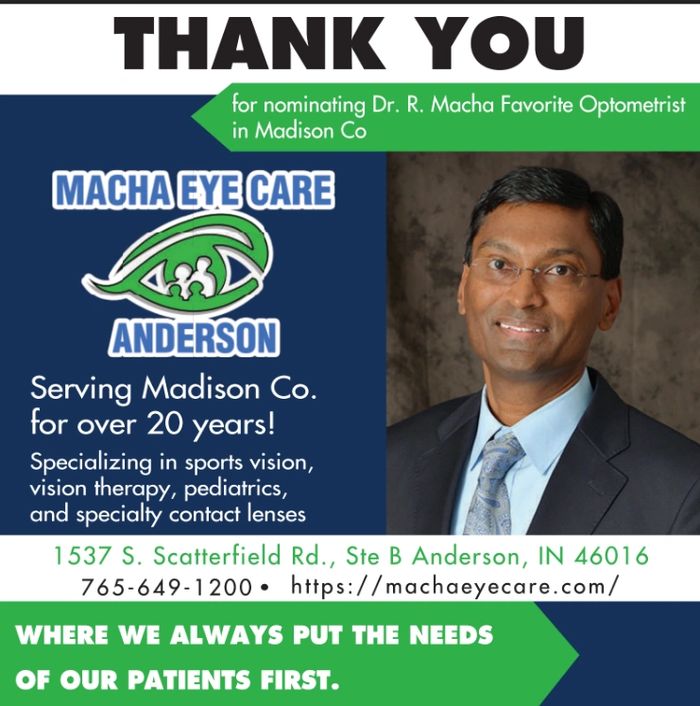FOuntain square closed 1/6 will reopen 1/7

FOuntain square closed 1/6 will reopen 1/7
Where We Always Put the Needs of Our Patients First.
Where We Always Put the Needs of Our Patients First.













A comprehensive eye exam evaluates your eye health and vision. It includes tests to check for refractive errors, screen for eye diseases like glaucoma and cataracts, and assess eye pressure, retinal health, and visual acuity. The exam helps detect early signs of health issues and ensures an accurate prescription for glasses or contacts. Regular exams are crucial for maintaining optimal eye health.
A specialty contact lens exam is a thorough evaluation for those needing custom lenses due to conditions like astigmatism, keratoconus, or post-surgery corrections. It includes advanced measurements of the eye's shape and corneal health to ensure a proper fit and optimal vision, often using specialized lenses like scleral or hybrid contacts for unique eye needs.
A diabetic eye exam is a specialized test for individuals with diabetes to detect early signs of eye diseases, such as diabetic retinopathy. The exam checks for changes in the retina and blood vessels caused by high blood sugar. It typically includes a dilated exam, visual acuity tests, and retinal imaging to monitor damage. Regular diabetic eye exams are crucial for preventing vision loss and managing eye health in those with diabetes.
Vision therapy is a non-surgical program designed to improve visual skills and eye coordination. Through targeted exercises, it addresses issues like lazy eye, eye tracking problems, and binocular vision disorders, enhancing abilities such as focusing, depth perception, and coordination to improve reading, learning, and overall visual performance.
Sports vision therapy enhances visual skills to improve athletic performance. It focuses on eye-hand coordination, depth perception, focus, and reaction time through personalized exercises. This therapy helps athletes track fast-moving objects, judge distances, and respond quickly, giving them a competitive edge.
We love our patients, so feel free to visit our vision center during normal business hours.
1537 S Scatterfield Rd, Anderson, IN 46016, USA
Phone: 765-649-1200 Fax: (765) 649-4040 https://www.facebook.com/MachaEyeCareAnderson
Mon | 09:00 am – 05:00 pm | |
Tue | 09:00 am – 05:00 pm | |
Wed | 09:00 am – 07:00 pm | |
Thu | 09:00 am – 05:00 pm | |
Fri | 09:00 am – 05:00 pm | |
Sat | Closed | |
Sun | Closed |
Our secondary office at 1541 Scatterfield will be closed until further notice, all staff and Dr Earls will continue working out of our main building right next door at 1537 Scatterfield.
Office will be closed Dec 25th -26th and Jan 1st-2nd at all of our locations.
We love our patients, so feel free to visit our vision center during normal business hours.
1429 Shelby St, Indianapolis, IN, USA
Phone: (317)-632-9220 Fax: (317) 632-9222 <<https://www.facebook.com/profile.php?id=61573064439478<<
Mon | 09:00 am – 05:00 pm | |
Tue | 09:00 am – 05:00 pm | |
Wed | 09:00 am – 05:00 pm | |
Thu | 09:00 am – 05:00 pm | |
Fri | 09:00 am – 02:00 pm | |
Sat | Closed | |
Sun | Closed |
Office will be closed Dec 25th -26th and Jan 1st-2nd at all of our locations.
We use cookies to analyze website traffic and optimize your website experience. By accepting our use of cookies, your data will be aggregated with all other user data.